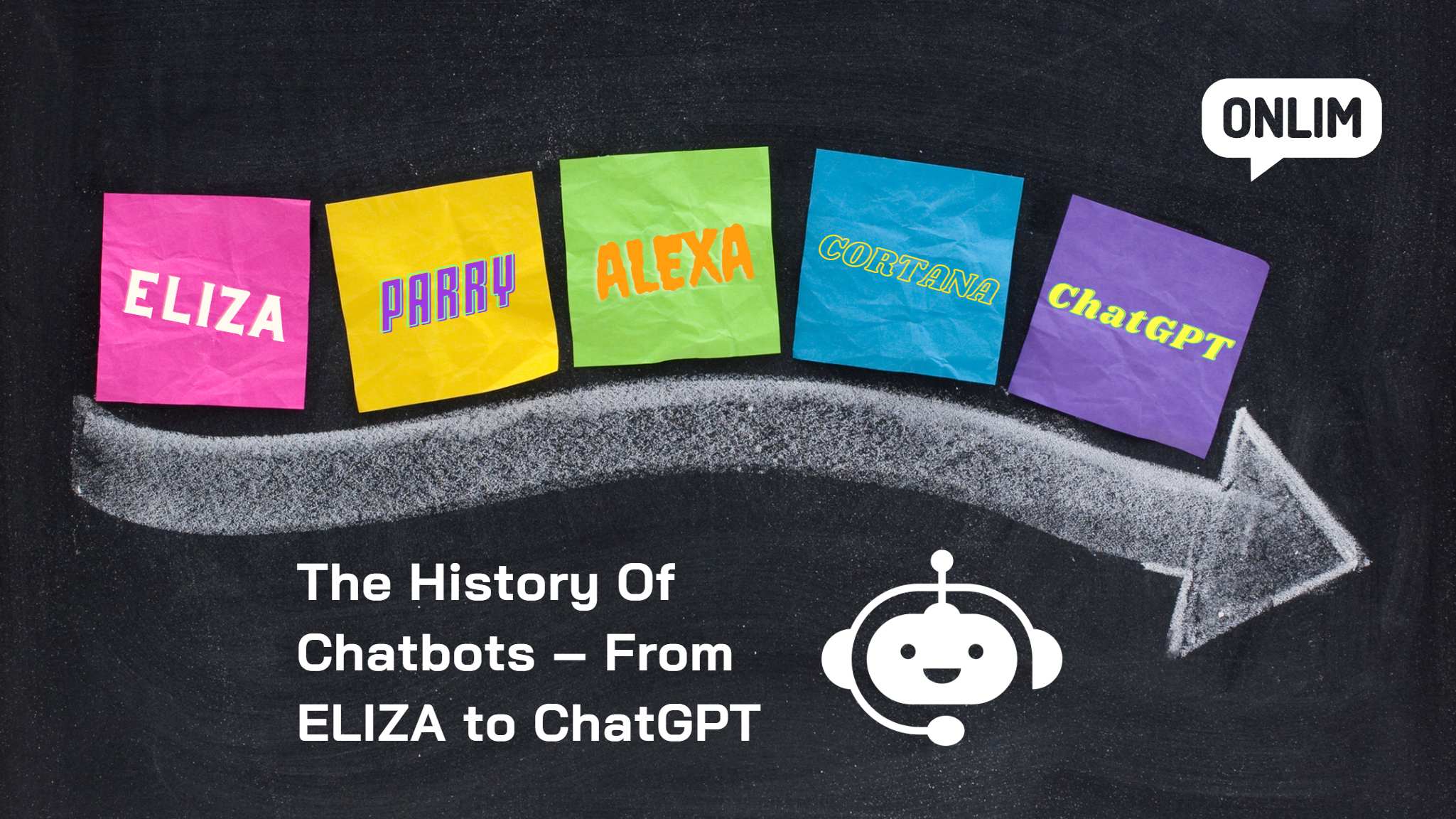
How ChatGPT Has Changed Our Lives | ExpressVPN Blog
Almost two years ago, OpenAI introduced ChatGPT to the public—an AI chatbot that quickly became integral to the lives of many, both on a work level and a personal level. Within five days of its 2022 launch, ChatGPT reached 1 million users, showing its immediate impact and the world’s eagerness to try this new technology. Only Threads has surpassed this speed of growth, hitting 1 million users in just an hour of launch. For comparison, it took Instagram 2.5 months, Twitter (now X) two years, and Netflix 3.5 years to hit the same milestone.
Today, with around 180 million monthly active users, ChatGPT has become so deeply integrated into both our professional and personal lives that it’s almost achieved verb status. “I’ll ChatGPT it,” is becoming the new, “I’ll Google it.” As we explore ChatGPT’s evolution and achievements, join us as we look at its profound impact on individuals and industries alike.

Key Milestones in ChatGPT's Evolution
Over the years, OpenAI’s groundbreaking work has culminated in the development of ChatGPT, transforming how society interacts with artificial intelligence. Here are the key milestones that have shaped ChatGPT’s evolution:
June 2018: The birth of GPT-1OpenAI introduces GPT-1 internally, marking the dawn of the Generative Pre-trained Transformer (GPT) series. With 117 million parameters, GPT-1 showed the potential of unsupervised learning in understanding language, leveraging books to predict the next word in a sentence. This was just the beginning of something big.
 February 2019: The leap to GPT-2
February 2019: The leap to GPT-2
Enter GPT-2, a major upgrade with 1.5 billion parameters, vastly improving its ability to generate coherent multi-paragraph texts. However, due to concerns about its potential misuse, GPT-2 was not initially released to the public. Instead, OpenAI conducted a staged rollout starting in November 2019 to study and mitigate potential risks responsibly.
June 2020: GPT-3 changes the gameWith a staggering 175 billion parameters, GPT-3 took text generation to new heights. It could draft emails, write articles, create poetry, generate code, answer factual questions, and translate languages. GPT-3 was available through an API, allowing developers to integrate its capabilities into various applications, but the public didn’t interact with it directly.
January 2021: DALL-E makes its debutOpenAI unveils DALL-E, an AI that can generate images from text descriptions. This innovative system expanded the creative potential of AI, allowing users to visualize their imaginations in the form of AI art.
November 2022: ChatGPT 3.5 goes publicThe public gets its first taste of ChatGPT with the release of version 3.5 as a research preview. This was the first time members of the public could interact directly with the AI chatbot, marking a pivotal moment in AI adoption.
February 2023: ChatGPT introduces its paid tierChatGPT Plus launches with a subscription tier, offering enhanced features. Initially available in the U.S., it soon expands globally. The integration of DALL-E 3 with ChatGPT Plus further enhances its creative capabilities, helping AI art gain mainstream traction.




















